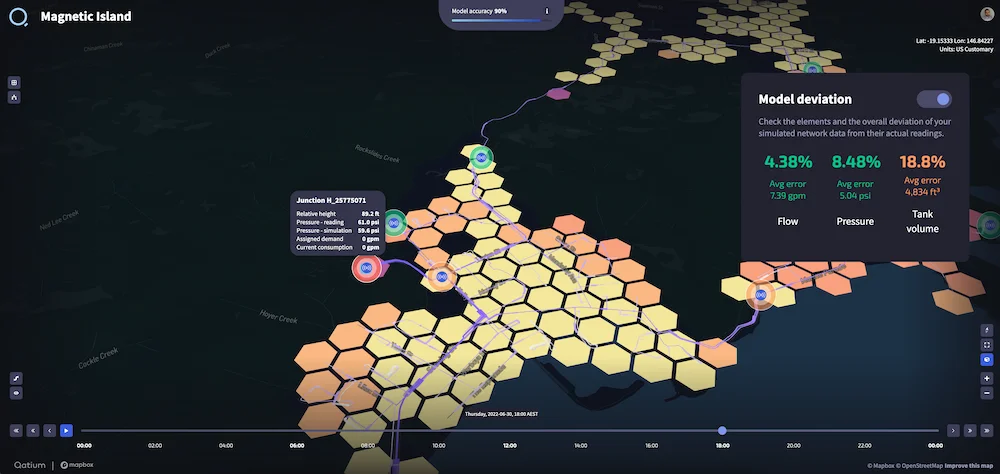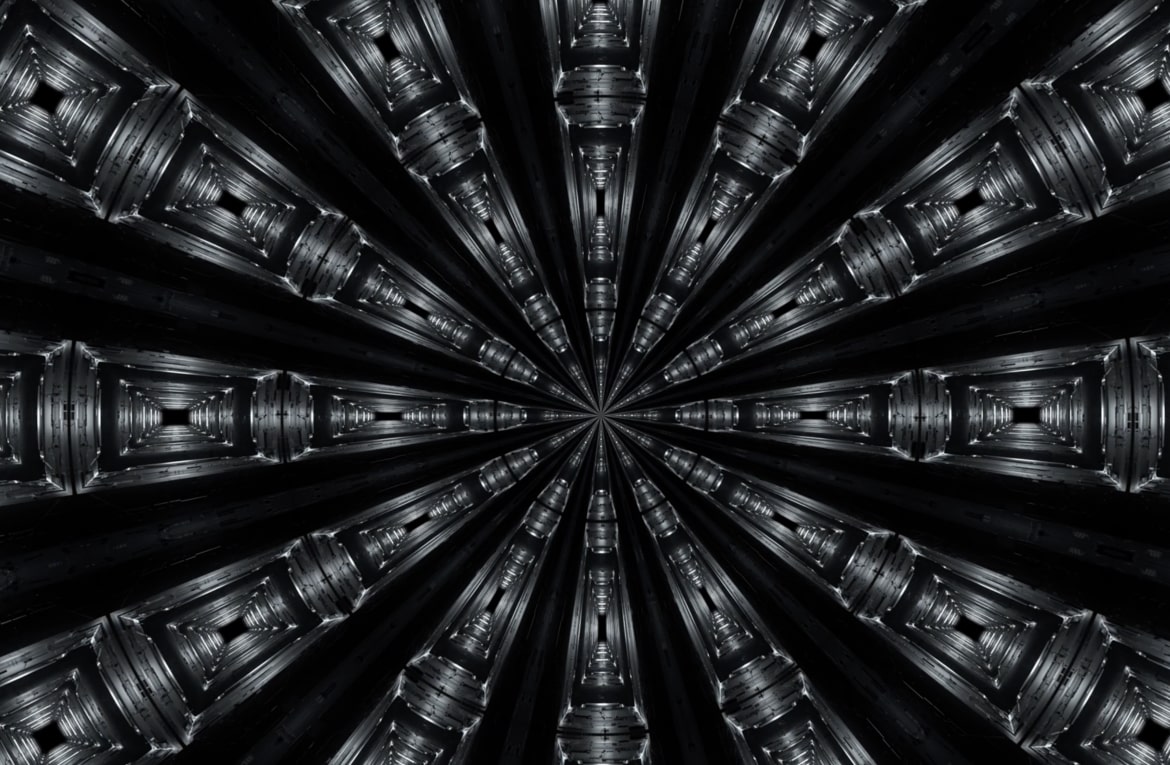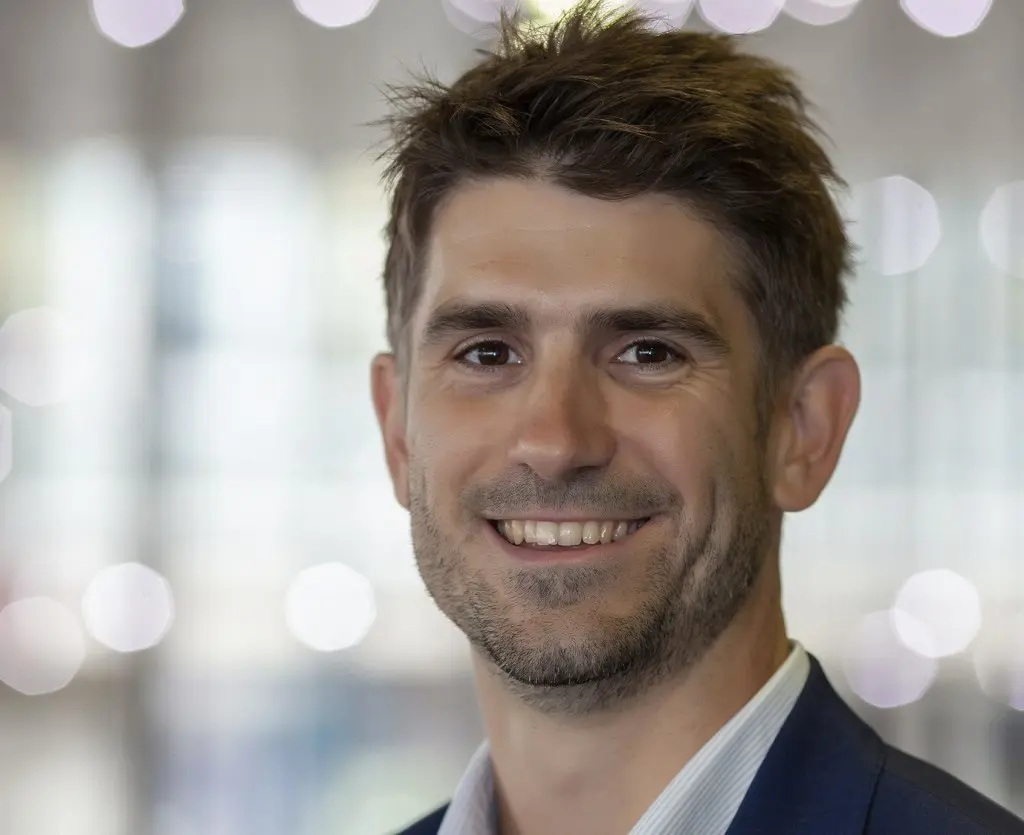Water utilities face growing challenges with aging infrastructure, population growth and climate change.
As a result, making informed data-driven decisions about how to best plan short- and long-term should be top-of-mind. The problem is that now there is too much data, often paralysing the process of decision making.
Below I share my advice on transforming your water utility:
- How utilities can get the best out of their existing hydraulic models
- How utilities need to embrace technology, like Digital Twins, and optimize their ways of working, for example better team collaboration.
- And finally, how to reduce energy costs and a utility’s carbon footprint.
Why it’s important to connect additional data to your hydraulic model
Just a few years ago, decision-making was marred by a lack of data. Today, a decade or so later, we have access to more data than we ever thought possible. In fact, we are often challenged by having too much data and the lack of a toolkit that can efficiently filter this data for actionable information to inform decision-making.
A Digital Twin filters this excess of data and draws out the nuggets of information to help you make better decisions.
Essentially, by linking your SCADA data to a Digital Twin — for example, to Qatium — you can create a decision-making tool that gives both operators and managers all the available data combined with a predictive model to help them make the best decisions possible.
Which data should you prioritize when you connect it to a Digital Twin?
With so much data available to you, you need to consider which types to prioritize. When connecting data to a Digital Twin, the type of data you choose depends on three things: How good your model is and what data has already been linked to your model, what kind of questions you want to ask, and what kind of decisions you want to make.
For example, operators might give more preference to SCADA data since this will tell them what’s happening in the system right now, whereas managers might prefer to link GIS data since this helps them with a representation of the current system and/or a representation of the future system.
Qatium uses the data you connect to help you improve your decision-making processes by providing you with a simple user interface to make predictions about system behavior. The platform also gives you access to a predictive model that tells you what your system is doing right now, and what it will do in the future under both normal or emergency conditions. Plus, in a few simple clicks, Qatium can predict what will happen if operators close a specific valve or pipe, which customers will be impacted by a reduced level of service.
When you connect demand data to a Digital Twin, you get higher quality demand data. Instead of using a simplified representation of the system — using average day demand or maximum day demand levels — you can accurately represent each individual demand to access better interpretations of the current day or current week demand levels.
You can derive value from your hydraulic model even if it’s not 100% accurate
Some utilities are reluctant to work with their hydraulic model because they don’t feel like it’s completely accurate or updated. Yet utilities can still derive value from a model that isn’t 100% accurate.
Digital Twins aren’t the first attempt at real-time models. However, those who used the earlier real-time model systems found that very soon after they started to use the model, they would encounter a situation where a model gave them a prediction that didn’t match their understanding of the system.
No model is perfect — and sooner or later you will come across a situation where the model predicts something you don’t expect. There might be closed valves in the system, close-outs on major transmission lines, or a connection between zones that you don’t know about. But whenever a model doesn’t match SCADA data, this gives you a huge opportunity to both improve the model and your understanding of it.
For this to happen, it’s crucial that decision makers and operators work in a collaborative environment with the modelers. Without a collaborative environment, the only option an operator has when the model doesn’t match reality is to stop using it.
Within a collaborative environment, however, a model can be modified and updated, and modelers can work with the operator and decision makers to identify misunderstandings of the system.

Qatium’s water management platform — review the accuracy of your model
How engineers, modelers, and operators can work together more effectively
Following on from this point, we need to consider how engineers, modelers, and operators can work together more effectively.
Simply, each player must have access to the model with an interface that they feel comfortable with. The major problem in the industry is that we expect everyone to use extremely powerful hydraulic modeling tools to get model results. And that’s unrealistic because these tools are very complex.
Qatium offers a simplified interface to access hydraulic model results for the decision makers, where modelers would still use their modeling tool of choice to build, calibrate, and update the model, and then publish the model through Qatium for everyone else to use.
How water operators benefit from using a Digital Twin
With Qatium, operators have simplified access to hydraulic model results. This means that they can very easily see which valves need to be closed to isolate the pipe, which customers will be directly impacted by the closure, and which customers downstream from a specific location might be impacted by the closure.
Another example would be when operators need to approve development at a location. With Qatium, you can add additional demand at any location and see how it makes a difference. Traditionally, a decision maker would need to contact a modeler and a consultant to have an additional run. While this may take less than an hour to complete, this can easily cost $5-10,000 once results have been delivered, reports have been written, and all assumptions have been documented.
See our write-up on how Digital Twins help utilities optimize network performance.
How your utility can reduce its energy costs and lower its carbon footprint
The water energy nexus holds huge potential for carbon footprint reduction because water utilities operate like batteries — we add energy, store it in tanks, and then slowly release it. We have the opportunity to reduce energy use in several ways.
- When there is excess energy or where there is cheaper energy, we can store this energy in a water distribution system.
- We can ensure that our pumps are operating as close as possible to their optimal energy point, using as little energy as possible.
- We can also look at and optimize pump usage and optimize to ensure that we use pumps closer to their efficiency point.
- Ultimately, by using Digital Twins, we can choose to add energy when it’s plentiful or cheaper.
Final thoughts
Qatium helps water utilities use and implement Digital Twin solutions to become more efficient and realize endless benefits.
Utilities can get up and running quickly simply by creating an account and uploading a GIS dataset or hydraulic model. And, with its simple and intuitive user interface, even non-technical users won’t require training. If you’re interested in putting a Digital Twin into practice, try Qatium — it’s completely free to create an account and start building your own Digital Twin today.









